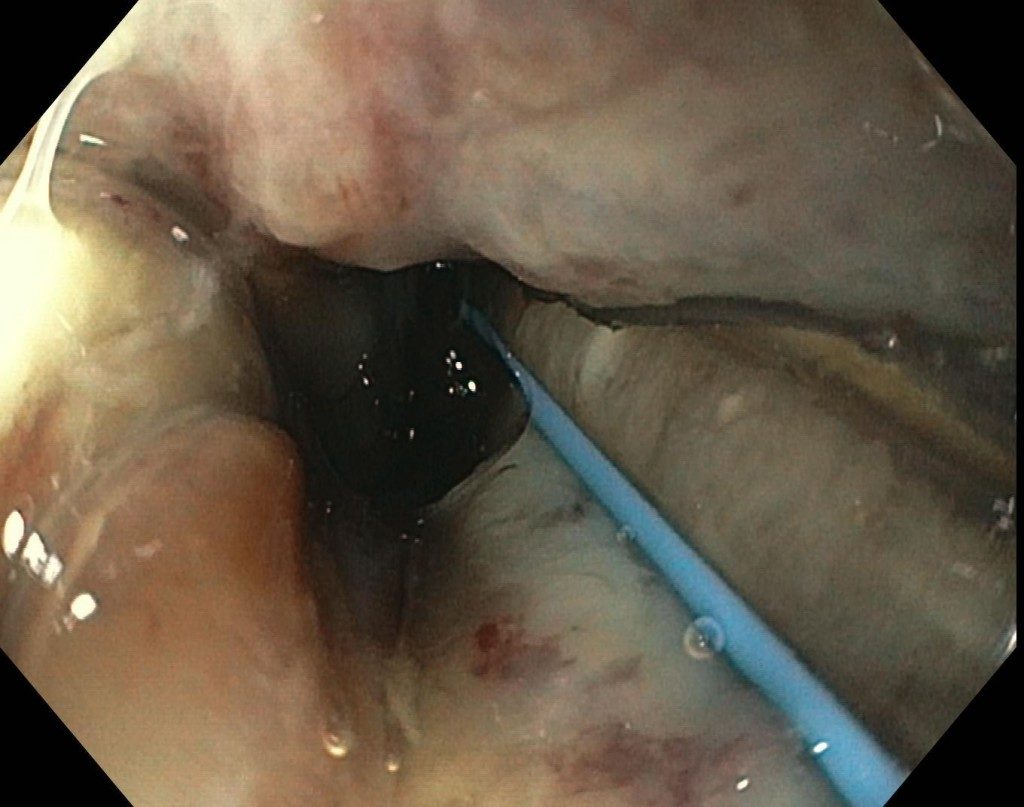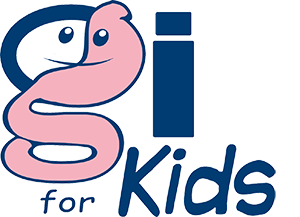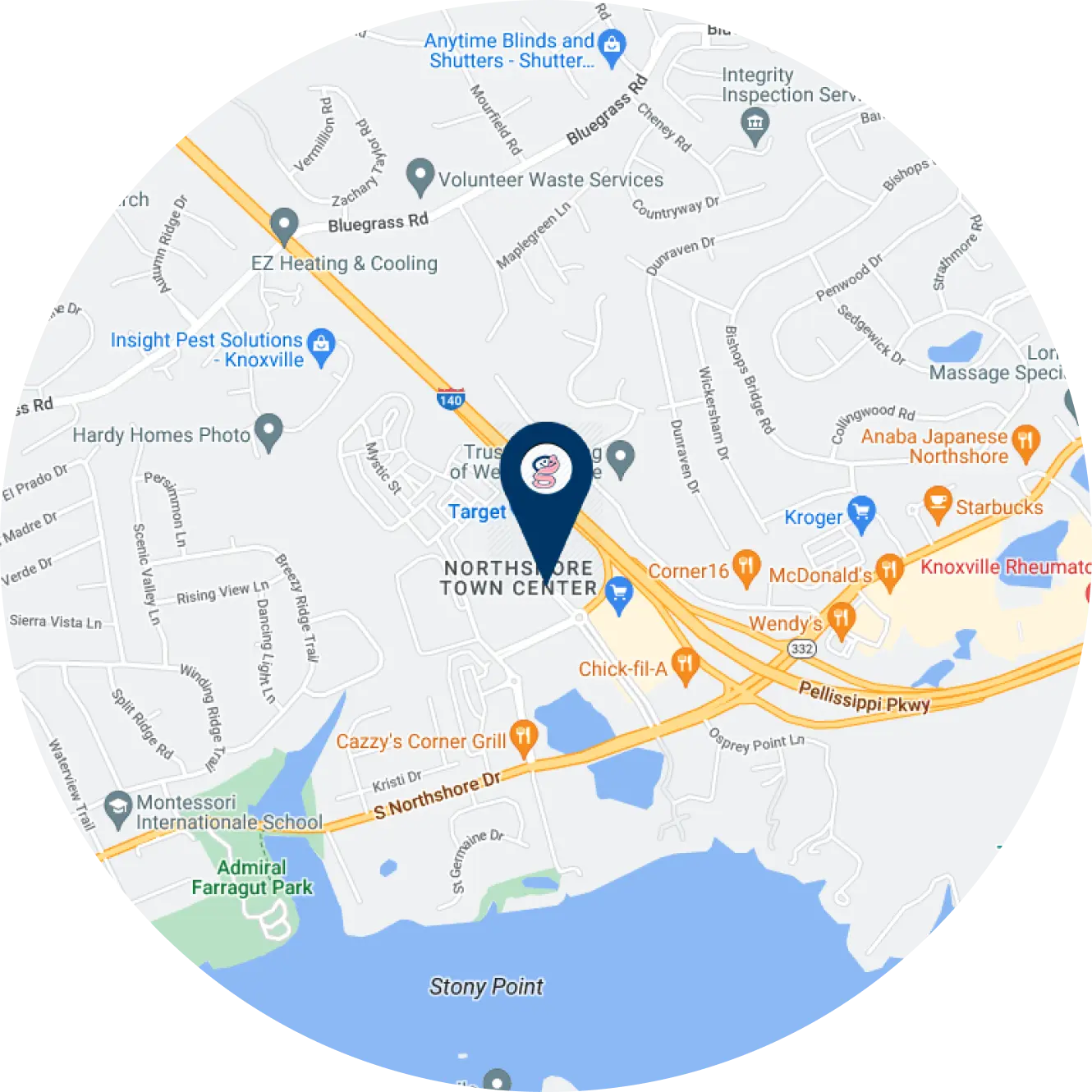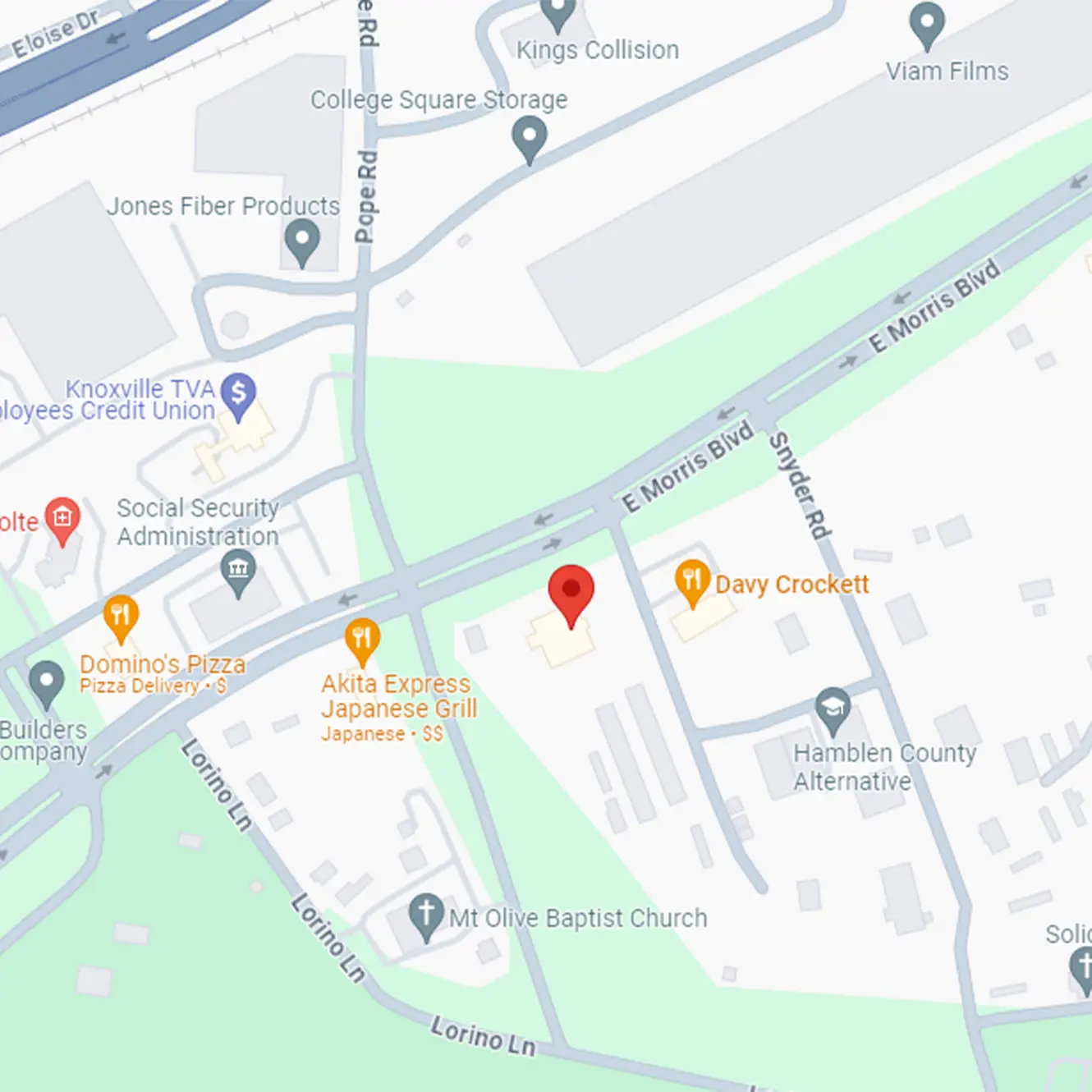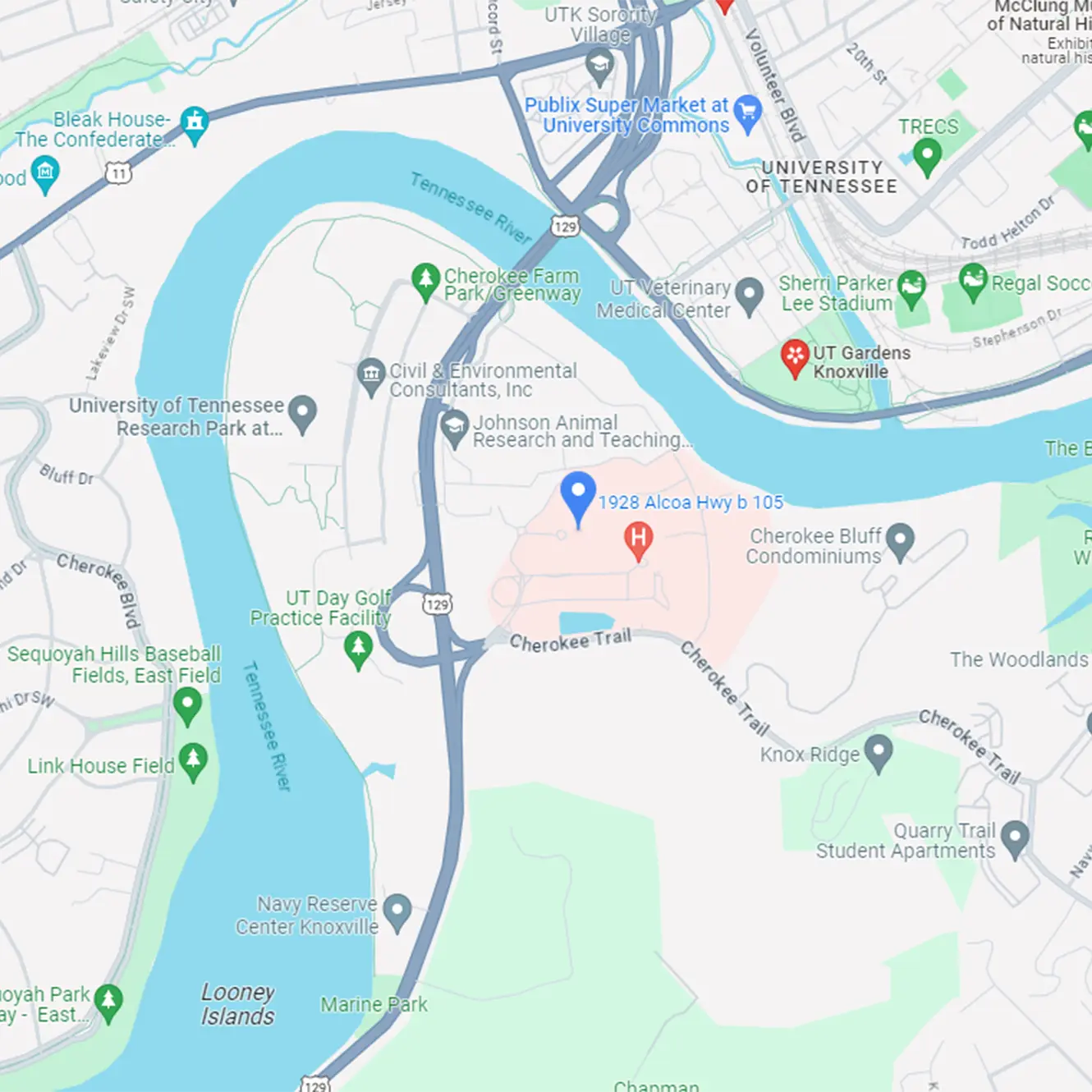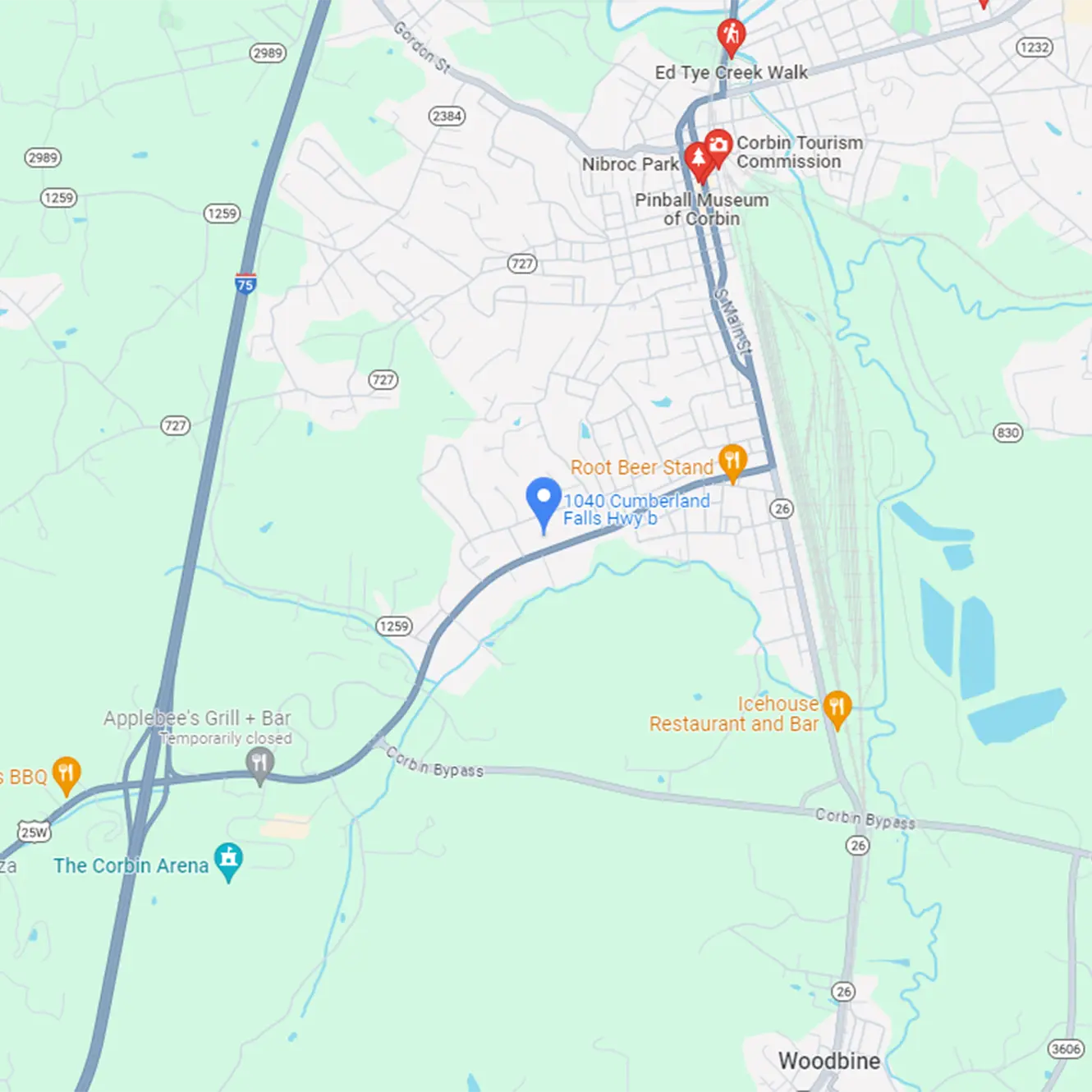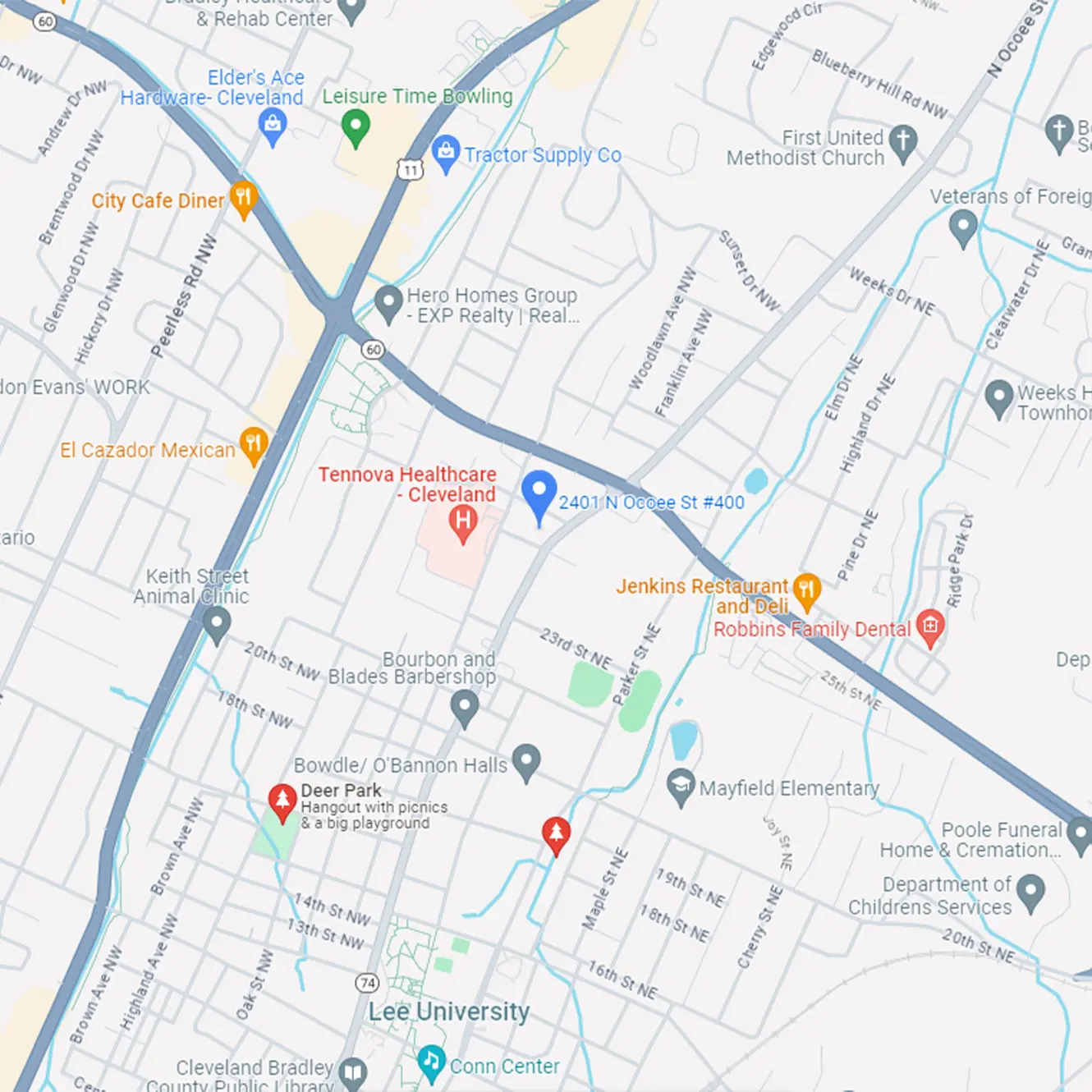What is a caustic ingestion?
A caustic ingestion, which is a medical emergency, occurs when a child ingests a toxic substance. This is often a household cleaning material or laundry detergent. There are two forms of caustic ingestion- an alkaline agent or an acidic agent- this is determined by the pH of the substance.
Examples of Toxic substances in the household:
- Common household cleaning products such as oven or drain cleaners.
- Laundry detergent pods are often ingested as they are colorful and attract the attention and curiosity of the child.
- Hair relaxers.
- Choking or difficulty swallowing
- Vomiting or the vomiting of blood
- Bleeding from the mouth
- Abdominal pain or chest pain
- Respiratory distress
- Often the child will need EGD-Upper endoscopy to evaluate the extent of the damage to the esophagus or stomach.
- Respiratory support may be needed if upper airway is injured.
- Severe swelling of the mouth, throat or esophagus.
- Upper airway injury or respiratory distress.
- Necrosis of the mouth, throat, esophagus or stomach.
- The long term complications of caustic ingestion include loss of esophageal motility, esophageal stricture or stenosis.
- Gastric injury is less common in children since they usually do not ingest an amount large enough to reach the stomach.
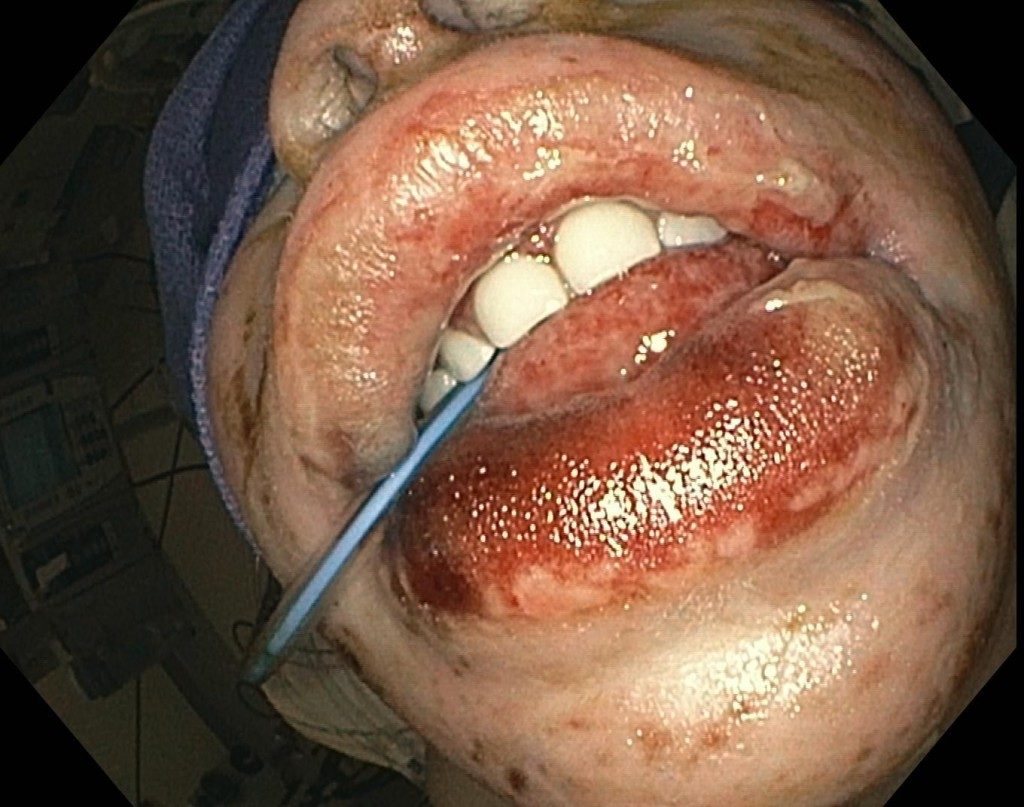
Severe lip and edema ulceration.
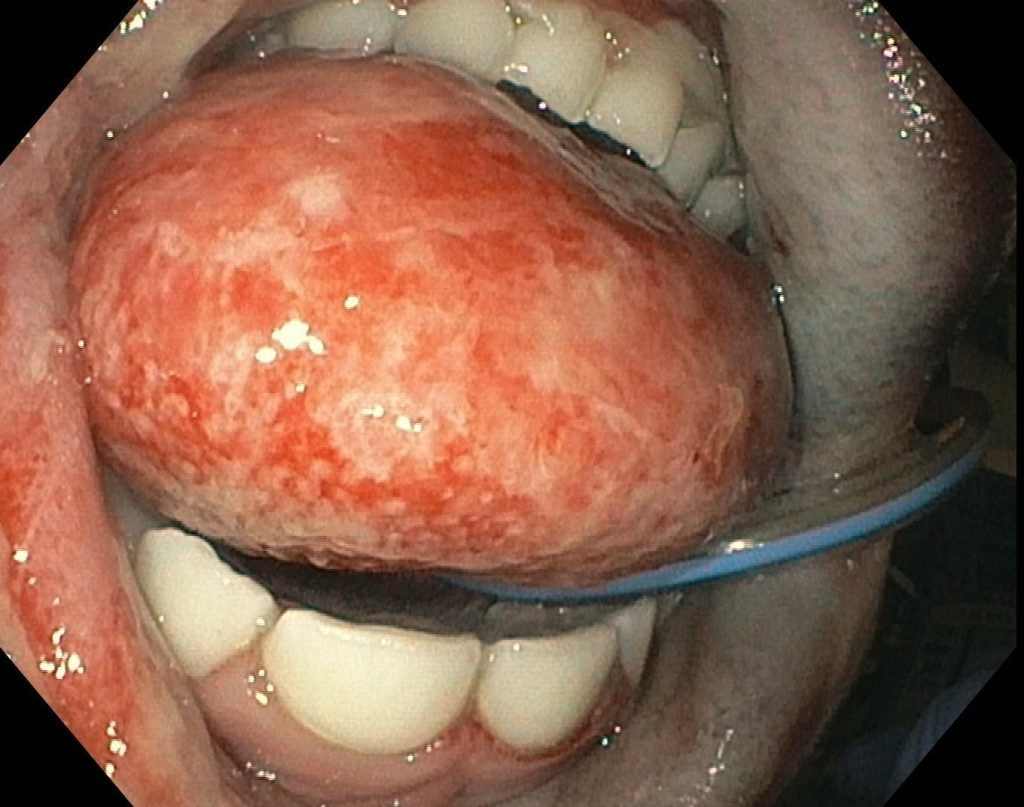
Severe tongue burn and swelling.
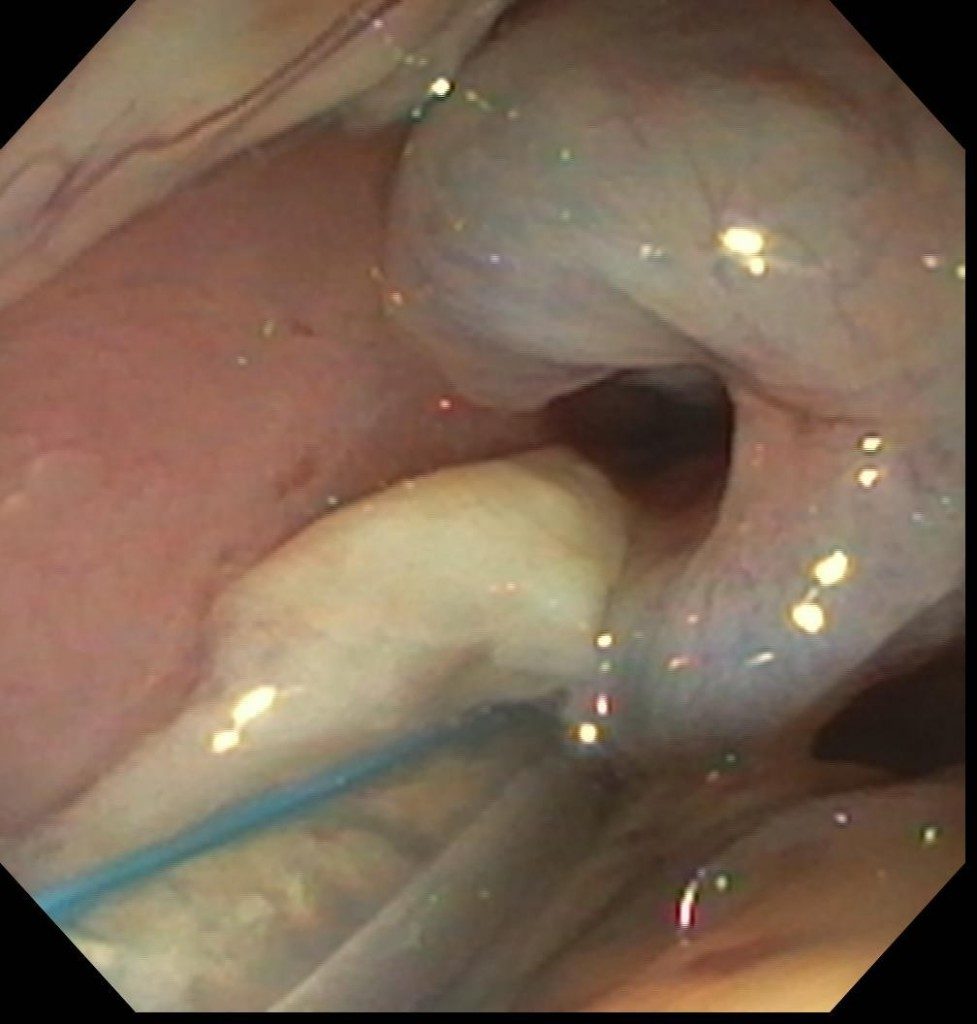
Severe uvula and edema swelling.
